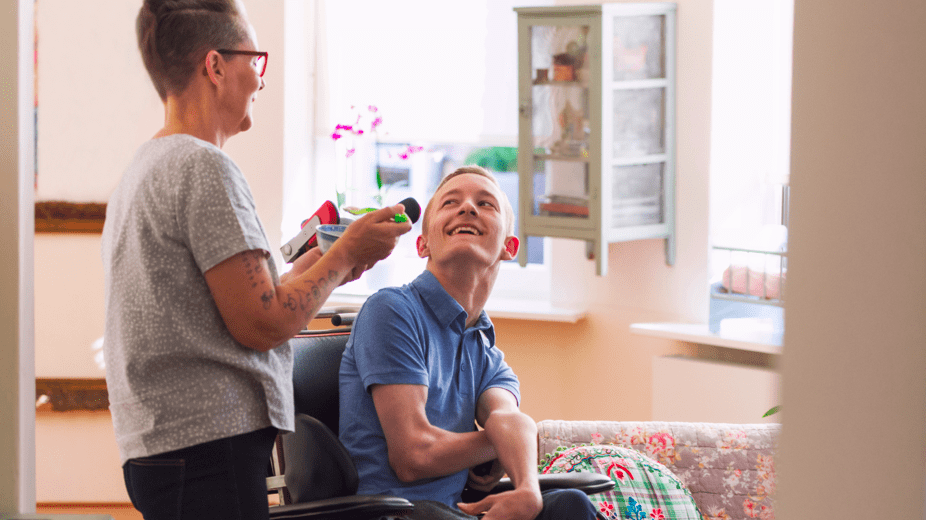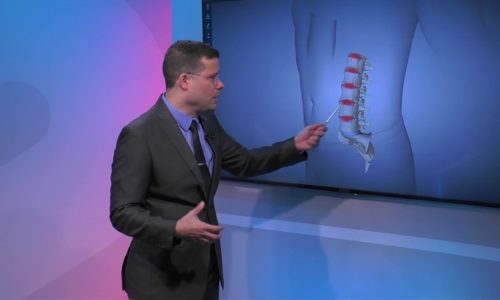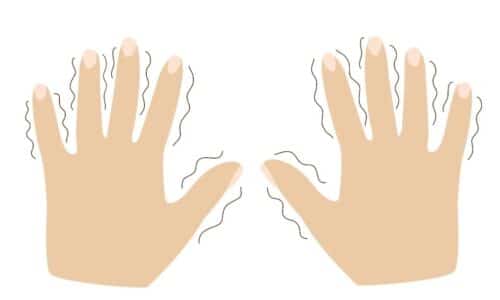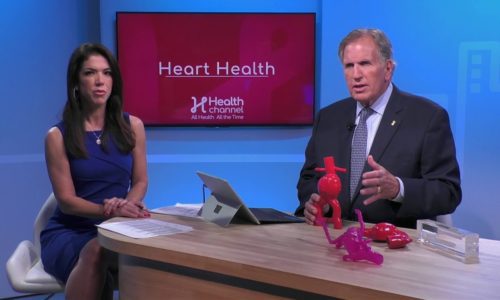Understanding Cerebral Palsy Treatment Options with Dr. Lucinda Arenas |

Physical therapy, braces, and other assistive devices are all treatment options for someone with cerebral palsy. On an episode of Health Insiders, Dr. Lucinda Adriana Arenas, a Physical Medicine and Rehabilitation Physician at Baptist Health South Florida describes the benefits of each option.
Dr. Arenas starts off by explaining that rehabilitation is a medical specialty dedicated not only to treatment, but to preventing further complications from specific disabilities. It also aims to help patients achieve certain skills that will help them gain more independence in accomplishing their daily activities, which is why rehabilitation is so important for patients dealing with cerebral palsy.
Cerebral palsy is the most common motor disability seen in children and Dr. Arenas says that rehabilitation physicians often have many patients with cerebral palsy. Patients tend to have a lot of rehabilitation needs, not only in childhood, but also as adults and through the rest of their lives.
Dr. Arenas defines cerebral palsy as a non-progressive medical condition that affects parts of the brain and manifests as abnormalities in movement control and posture. It can also sometimes affect speech and cognition. It is not a disease; it is a neurological condition that babies are usually born with or develop within the first three years of their lives. Cerebral palsy also more commonly affects boys than girls.
Some risk factors that can increase the risk of cerebral palsy are gene mutations, maternal infections, fetal stroke, infant infections, traumatic brain injuries, and lack of oxygen. Dr. Arenas says that the most common risk factor that she comes across is maternal infections, especially when the mother is pregnant or delivering. The infections that are associated with cerebral palsy are usually a constellation of infections related to syphilis, herpes, toxoplasmosis, and cytomegalovirus. These infections can pass to the fetus during utero and affect the development of their immature brain, especially in the first three months of pregnancy. Dr. Arenas says that one-way mothers can decrease their risk of getting infections is to stay up to date on their vaccines and do their best to stay as healthy as possible.
Outside of the womb, children can develop cerebral palsy from specific infections that have the possibility of damaging the child’s brain. Dr. Arenas also sees a lot of children who develop cerebral palsy from brain damage caused by lack of oxygen. She says that unfortunately, many children, especially in South Florida, have near drowning incidents that can put them at risk for cerebral palsy.
If you want to find out more on rehab options for someone with cerebral palsy, including the benefits of horseback riding, you can download the Health Channel app or visit the Health Channel’s YouTube channel at: https://www.youtube.com/c/AllHealthGo








